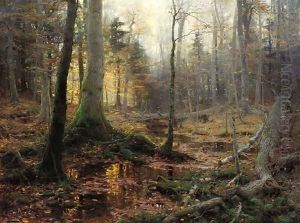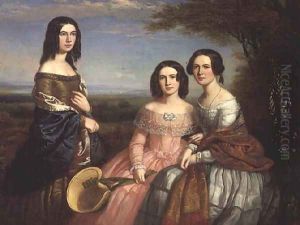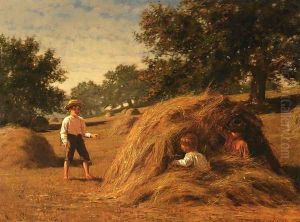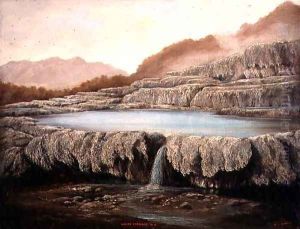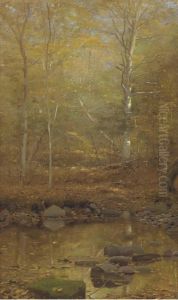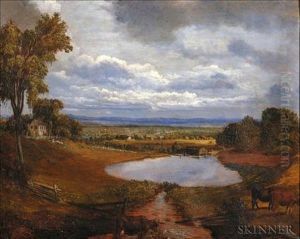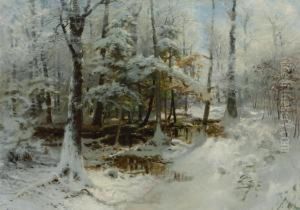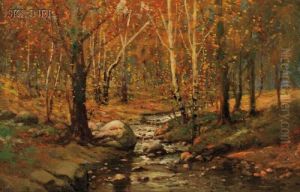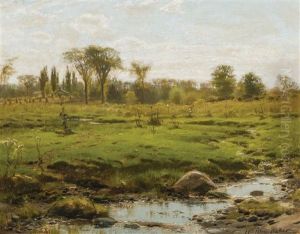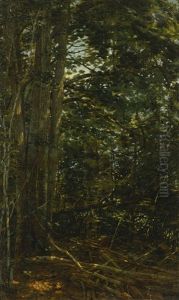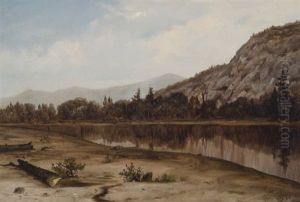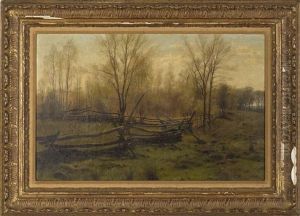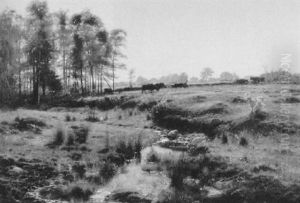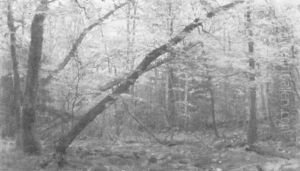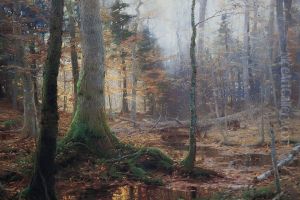William Bliss Baker Paintings
William Bliss Baker was an accomplished American landscape painter known for his realistic and detailed depictions of the natural world. Born on November 27, 1859, in New York City, Baker grew up during a period where there was a great appreciation for the beauty of the American landscape, which was largely influenced by the Hudson River School, a mid-19th century American art movement embodied by a group of landscape painters who were inspired by romanticism.
Baker displayed artistic talent at a young age and received formal training at the National Academy of Design in New York City. He studied under Albert Bierstadt and William Merritt Chase, two prominent American artists of the time. Bierstadt, known for his large-scale landscapes, and Chase, celebrated for his plein air painting and influence on American Impressionism, both had a significant impact on Baker's development as an artist.
Despite his promising career being cut short by his untimely death at the age of 27, Baker managed to create a body of work that was both critically acclaimed and sought after. His painting 'Falling Monarchs', which depicts a pair of dead oak trees in an autumnal forest, is considered one of his masterpieces and showcases his ability to capture the intricate details of nature. His works are characterized by their use of light and shadow, and a meticulous attention to the textures and patterns found in the natural world.
Baker's paintings resonate with the themes of the natural environment and the transience of life, reflecting a period of American art in which artists sought to capture the sublime beauty of the American wilderness before it was changed by westward expansion and industrialization. William Bliss Baker's contribution to American landscape painting remains significant, despite his short career, and his works continue to be admired for their beauty and technical excellence.
